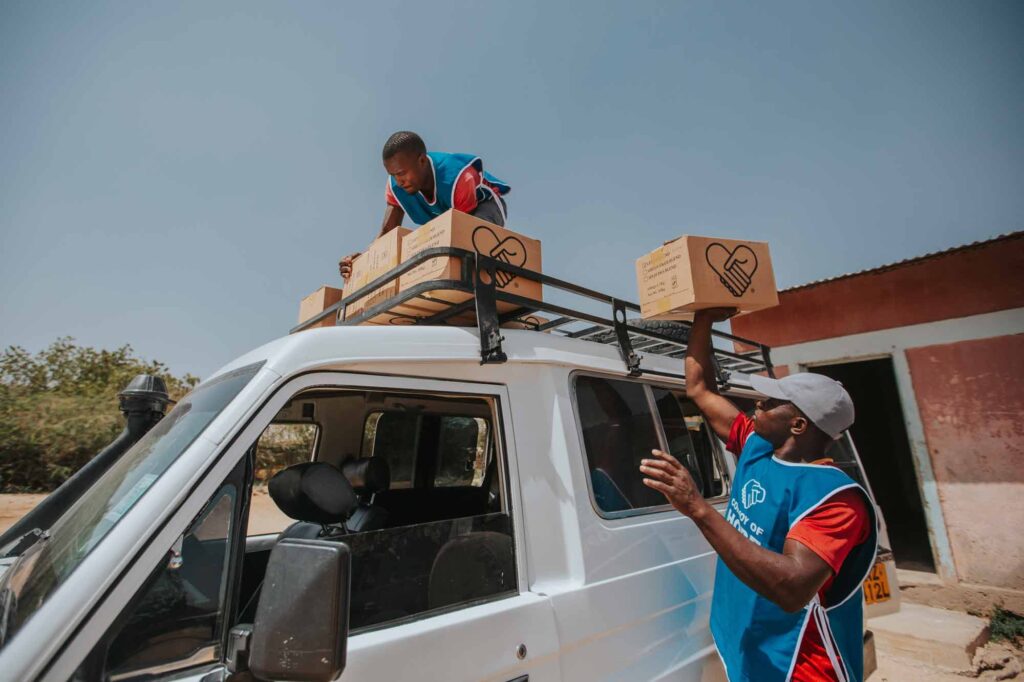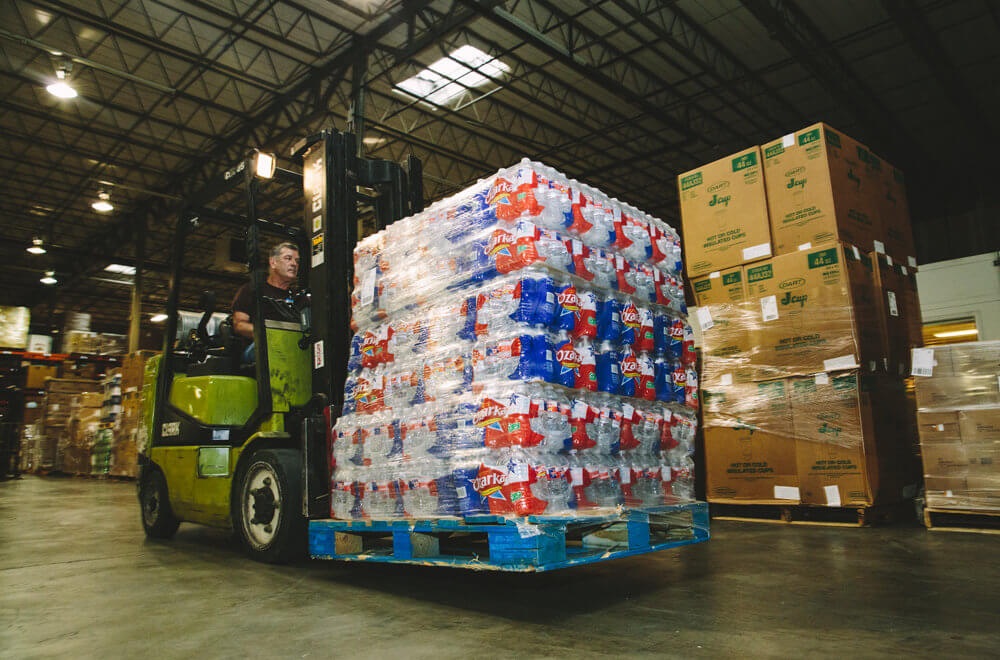
Kenya is one of Convoy’s most established program countries. And within Kenya, the needs of each Children’s Feeding center can be vastly different.
For kids living in urban environments like Nairobi, access to food markets and fresher ingredients means the food the program centers serve can be customized to the local cuisine. The staff, volunteers, and parents who serve the food add local produce and spices to the fortified rice or lentils, which makes it taste more like what they might eat at home.
But in rural communities devastated by years of drought, there is no other food to add to their meals. In fact, if the children living there eat one meal every 2 to 3 days, they’re lucky.
Nutrition Is the Priority
Turkana in northern Kenya is one of the driest regions in the country. This area receives just 12 inches of rain annually, and the last three consecutive rain seasons have failed to provide enough rain to grow crops or water livestock. Many of the residents are pastoralists, meaning when their livestock die, their income levels fall drastically. And with no income, parents can’t buy food for their children.


Malnutrition among children is critical in Turkana. According to a local source, more than 13,000 children younger than 5 years old require treatment for severe acute malnutrition and more than 50,000 need care for moderate acute malnutrition.
In situations like this, there simply isn’t any additional food available to add to the children’s meals.
Responsible to Teach
Recently, more than 300 residents in Locheresekon village gathered in the middle of their village full of anticipation. Men and women endured the intense heat and did their best to comfort their hungry babies. The younger children carried small containers, and the school children sat on their school bags patiently waiting to receive food.
Convoy of Hope team members unloaded box after box of fortified rice-and-lentil food blends. This food had all been purchased in Kenya, which supported local businesses and was quicker to ship to rural communities like Locheresekon.

There was enough food to feed everyone gathered that day. Convoy also sent bags of food home with those who came, ensuring that they had sustenance in the days that followed. But Convoy didn’t just send them home with full stomachs. Team members sat down with the mothers and caregivers in the community and taught them how to cook the rice and lentils, which are both foods people in this region of Kenya aren’t used to eating.
Without knowing how to properly prepare the food, it would go to waste or not get served at all.
“We don’t do anything,” said community ambassador Lawreen Keta Achieng, referencing the cooking demonstration that occurred before the distribution. “We have the women do it so they can learn how to do it by themselves.”
Long-Term Commitment
Convoy of Hope is doing what it can to mitigate these needs by responding to the drought. With the help of partners on the ground, Convoy of Hope has served more than 3.5 million meals to individuals and families.
“These people are stuck,” Lawreen lamented, her voice full of emotion. “There’s really no solution living out there in the middle of nowhere. Having this food genuinely gives them hope to live another day.”
Convoy is making food the most accessible it can be. Even when the cuisine can’t match the culture perfectly, Convoy’s team is committed to making the food as nutritious and tasty as possible so more children can move from food insecurity into healthy and fulfilling futures.














